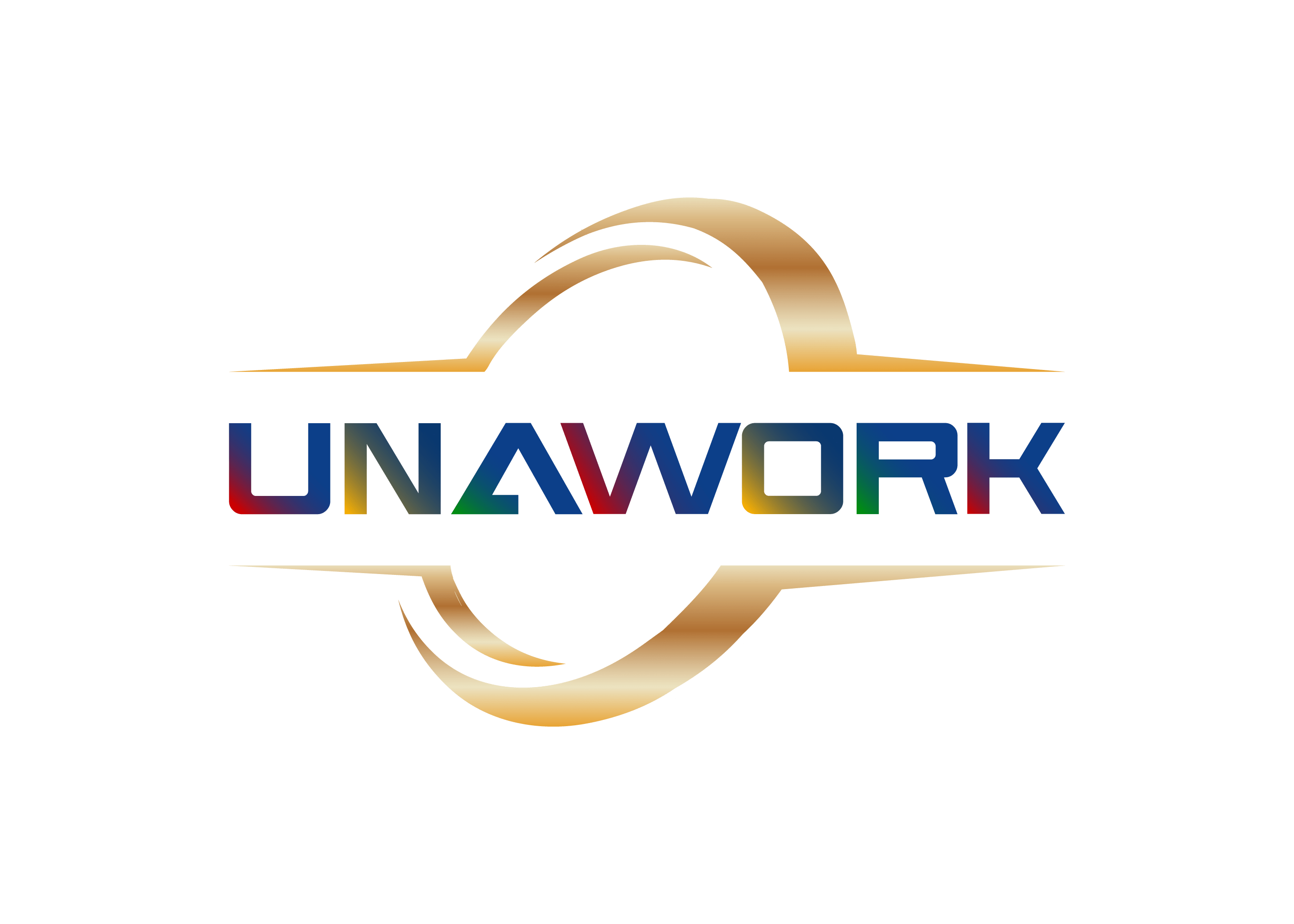
Remote work best practices have been observed by both the employers and employees. Finding ways to create work-life balance on both sides and using remote work systems provides more opportunities for business growth.
Telecommuting and work from home flexible systems has resulted in a fruitful profit for the business holders, employers and employees. These are most successful when the system created has been strictly followed, including systems such as teamwork, punctuality, and efficient planning.
The remote work best practices have been observed when the whole business or organization team strictly follows specific practices to fulfil tasks and to support a business. It is evident that pillars of work ethics can make or break an organization or business. These remain constant irrespective of business being a traditional office system one or a remote work-based business. If the remote work system is executed efficiently then chances are that it will benefit the employer more than the business that is being run in a typical office place.
In our Go Virtual course for small businesses, these systems are provided to you to support making the change into a hybrid, online business.
1. Streamline Information
When working with a team, it is essential to streamline information. Make sure that your contractors and employees have access to high level strategies and information while providing tasks. If you have deadlines or tasks, make sure the communication is continuous and provides focus to those you are working with.
Using a software system, such as UnaWork, assists with complete management when outside of the office.
2. Use Communication Channels
To work with someone continuously, it is essential to have the right communication channels open. Daily chats, weekly workflow tasks, once per week meetings with video and quarterly reviews can assist with streamlining information. More important, it provides support to those who are working remotely and need access to the projects, changes, and work which is being done.
3. Create Guides
Often, employers will focus on guidelines that are based on their brand and high-level strategy. When working remotely, the guidelines and training needs to extend. Looking at guidelines for communication processes, working with teams, documents for processing, and other information will increase the workflow and assist with the work needed.
When using remote work best practices, it is possible to have effective results while allowing employees and contractors to have a sense of work-life balance while working from home.

